How Much Do Dealerships Pay For Cars?
Buying a car from a dealership can feel like a guessing game: How much did the dealer pay for this car, and what’s their true bottom line?
As a former used car dealer, one of my main goals was to disguise how much I was invested in any given car. Have you ever made an offer to a dealer only to hear, “If I accept that price, I lose money”?
That’s just one of the tools in the toolbox of car dealer price negotiations!
Below I will teach you how dealers determine the value of a car so you can use this same methodology to your advantage.
Table of Contents
Relevant Articles To Read:
- How Much Do Dealers Markup Used Cars?
- How Much Are Dealer Fees and How to Avoid Them
- How To Negotiate Used Car Price
- How Much Is My Car Worth?
- How Much Will a Dealership Pay For My Car
Determining Used Car Value
When you want to figure out the price of a used car, you’re actually trying to determine is the wholesale price, or “The price dealers pay”.
So let’s figure out how they do that…
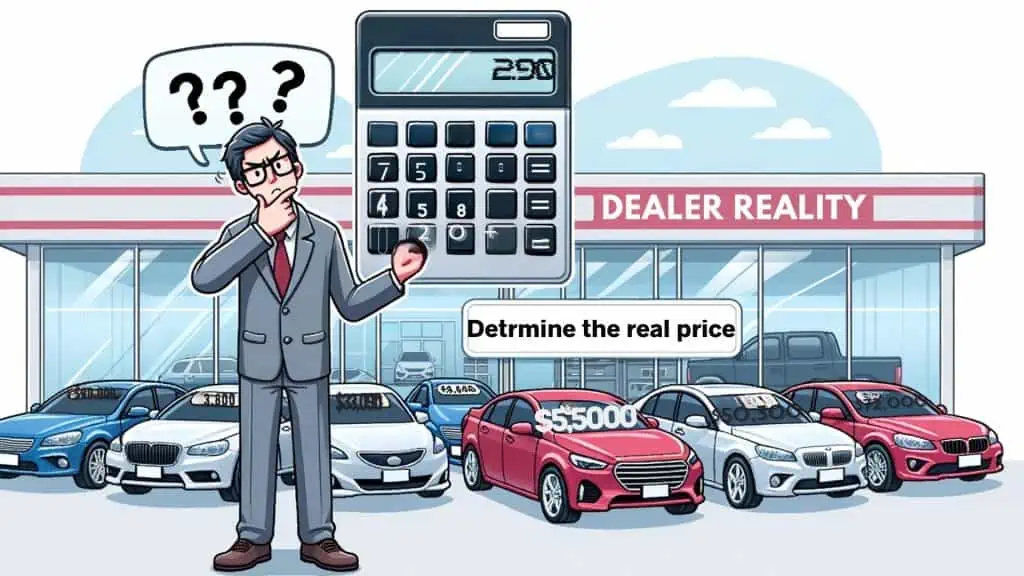
For used cars, the wholesale price dealerships pay depends on:
- Auction sales data – Dealerships buy most of their cars at auctions. They use tools provided by the auction companies that tell them what other dealers are paying for cars which gives them a very accurate idea of what a car is worth.
- Listing prices – Dealers research used car listing prices on dealer sites like Manheim, but also on consumer sites like AutoTrader and Cargurus to gauge demand and pricing.
- Make/model demand – More popular models (Especially collector cars) tend to command higher used prices due to higher demand. Their rarety also makes it easy to inflate prices because there isn’t much sales data to go on.
- Location – Used car prices vary based on local demand. For example, a convertible will sell better in Florida in the winter than in New York. However, with the increase in internet direct car buying, location is becoming less of a factor than throughout history.
Dealer Profit After Expenses
It’s important to remember that unlike a private seller, dealerships have to factor in their business and operating expenses into any car they buy or sell.
These costs affect the dealership’s average gross profit margin, which is the percentage of revenue remaining after the cost of goods sold.
Some of those factors that impact gross profit margin are:
- Car Dealership Salary and Wages: The compensation paid to dealership staff.
- Sales Bonuses: Additional incentives given to employees for achieving sales targets.
- Rent and Utilities: The cost of maintaining the physical location of the dealership.
- Marketing/Advertising: Expenses related to promoting the dealership and its vehicles.
- Vehicle Maintenance and Repair (RECON): Costs incurred to prepare used cars for sale, ensuring they meet quality standards.
How to Calculate What The Dealers Pay

First and Foremost, you should understand that you can’t ever know the exact price a dealer has invested in the car.
Even if you are able to identify what they paid at auction or on a trade in, it’s impossible to know their overhead costs, Recon costs (Reconditioning the vehicle), and so on…
So, the best we can do is get you close to that number. Close enough that you’ll know whats a fair price and when you’re being suckered.
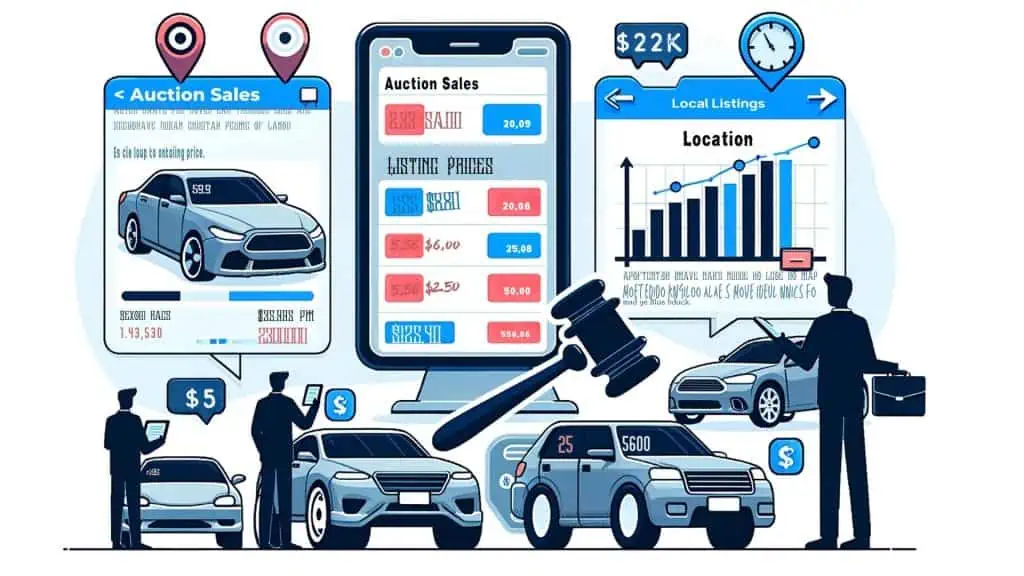
Researching Used Car Value
To estimate a used car’s wholesale price, look up the:
- Recent auction sales prices for that make/model (Autohitch can help with this service)
- Local listed prices on car shopping sites
- Kelley Blue Book value range
In my experience, the dealer likely paid around the average of those three figures, although I heavily weighed my estimates on real auction data because that’s what other dealers are ACTUALLY paying versus an advertisement, which might be inflated.
Yes, sometimes dealers get a car super cheap, but sometimes they overpay,
However,
If a dealer gets a cheap price, don’t expect this to be passed on to you!
Understanding Dealership Markups
Remember how we previously discussed never being able to know exactly what a dealer has invested in a car?
Well, that’s part of dealer markup, so let’s see how close we can get…
Once dealers buy a used car, they invest in preparing it for sale, which are costs that go into the price you pay. Typical dealer costs include:
- Inspection – $50-$100 to certify the car meets safety standards.
- Reconditioning – $1000-$2000 for any repairs or maintenance.
- Cleaning/Detailing – $100-$150 for washing, detailing, and polishing.
- Transportation – $200-$500 for delivery from auction or acquisition source.
- Overhead – A dealership is a business, so there are utility bills, taxes, and employees to pay
These preparation expenses generally add $1500-$2000 to the used car cost. This number can fluctuate depending on the cost of the car.
For example, a dealership selling an $8,000 car will not be investing $2,000 in expenses.
Average Used Car Dealer Markups
By Type
| Car Type | Average Dealer Markup |
|---|---|
| Sedans | 10-15% |
| SUVs | 12-18% |
| Trucks | 15-20% |
| Luxury Cars | 18-25% |
By Age and Class
| Vehicle Class/Age | Average Dealer Markup Range |
|---|---|
| Late Model (1-3 years old) | 10% – 20% |
| Mid-Range (4-6 years old) | 15% – 25% |
| Older (7+ years old) | 20% – 35% |
| Luxury/High-End Models | 15% – 30% |
| Mainstream/Economy Models | 10% – 25% |
| In-Demand/Limited Supply Models | 20% – 40% (or higher) |
Here are some additional details:
- Late model used cars (1-3 years old) typically have lower markups, around 10-20%, as they are still relatively new and in high demand.
- Mid-range used cars (4-6 years old) tend to have markups in the 15-25% range.
- Older used cars (7+ years old) often have higher markups, ranging from 20-35%, as they require more reconditioning and have lower demand.
- Luxury and high-end models, such as BMWs, Mercedes-Benz, and Lexus, can have markups between 15-30%, as they have higher acquisition costs and perceived value.
- Mainstream and economy models, like Toyota, Honda, and Ford, typically have lower markups in the 10-25% range.
- In-demand or limited supply models, such as certain sports cars, trucks, or SUVs, can command markups of 20-40% or even higher, depending on the market conditions.
Sources:
- https://www.autohitch.com/blog/how-much-do-dealers-markup-used-cars/
- https://motorandwheels.com/used-car-buyer-demographics/
- https://allwomenstalk.com/what-is-the-dealer-markup-on-used-cars/
- https://www.reddit.com/r/askcarsales/comments/zipqfo/average_markup_on_used_car_sales/
Note: Although the above data is based on my personal experience and extensive research, they are still estimates. Educated estimates, but still estimates.
How Much Dealerships Pay For Cars From The Manufacturer
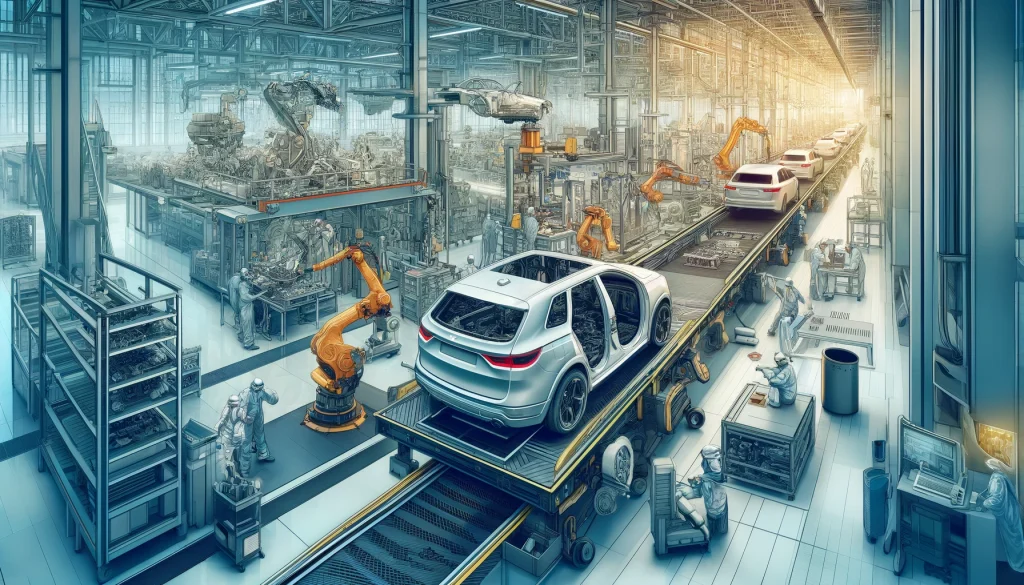
When car dealerships buy cars from the manufacturer, they don’t pay the price you see on the sticker in the car’s window (that’s the MSRP, or Manufacturer’s Suggested Retail Price).
Instead, they’re paying a lower price called the “dealer invoice price” or “dealer cost.”
Here’s a simpler breakdown:
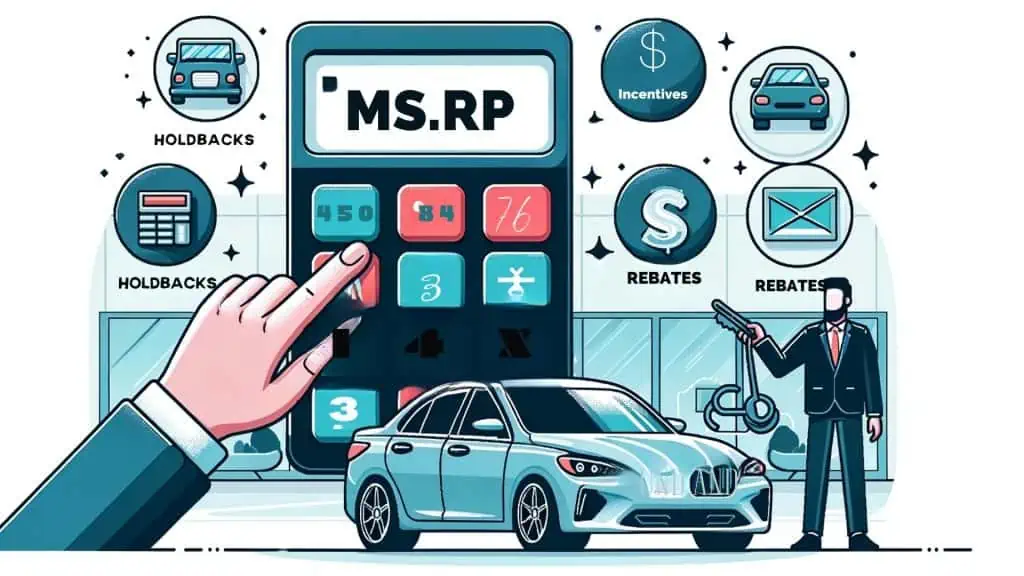
What Dealers Pay for New Cars
Invoice Price
- Dealer Invoice Price: This is what the dealership pays the manufacturer for a car. It’s less than the MSRP, often by about 3-8%. For instance, if a car’s MSRP is $30,000, the dealer might pay around $27,900.
Holdbacks
- Holdbacks and Incentives: Manufacturers give dealerships some extra discounts and perks, like:
- Holdback: This is a small percentage (2-3%) of the MSRP or invoice price given back to the dealer after they sell the car.
- Incentives: These are special deals to help dealers sell cars, like cash rebates or low-interest financing offers.
- Bonuses – Dealers earn bonuses for hitting sales volume targets.
- Factory Rebates – Special rebates are offered on certain models.
- Promotions – Special financing or pricing deals lower costs.
Because of these extra discounts and perks, the real amount a dealership pays for a car can be even less than the invoice price, which give you more room for negotiating.
Between holdbacks, incentives and attainment bonuses, the real dealer cost on new cars often ends up 5-10% below the invoice price. Luxury brands tend to have smaller margins between invoice and cost.
Example:
- MSRP of Car: $30,000
- Dealer Invoice Price: $27,900 (about 7% less)
- After Incentives: Could be lower than $27,900, depending on the deals the dealer gets.
In simple terms, dealers pay less for cars than the price tag suggests, and they can pay even less than that because of special deals and incentives from the car makers.
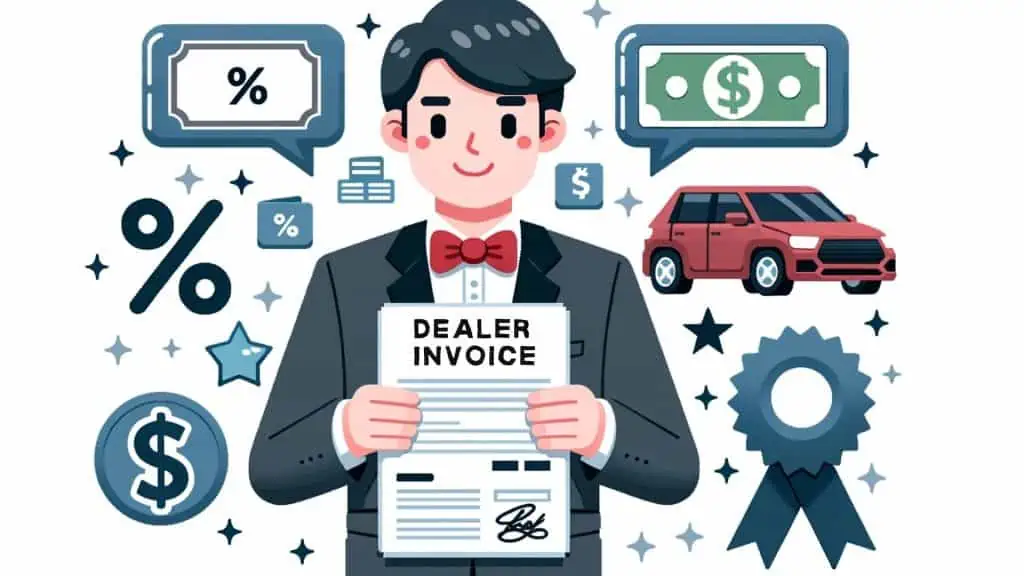
New Car Holdback Percentages by Manufacturer
| Manufacturer | Dealer Holdback | How Holdback is Calculated |
|---|---|---|
| Acura | 2% | Off base MSRP |
| Audi | None | – |
| BMW | None | – |
| Buick | 3% | Off total MSRP |
| Cadillac | 3% | Off total MSRP |
| Chevrolet | 3% | Off total MSRP |
| Chrysler | 3% | Off total MSRP |
| Dodge | 3% | Off total MSRP |
| Fiat | 3% | Off total MSRP |
| Ford | 3% | Off total MSRP |
| GMC | 3% | Off total MSRP |
| Honda | 2% | Off base MSRP |
| Hyundai | 3% | Off total MSRP |
| Infiniti | 1.5% | Off base MSRP |
| Jaguar | None | – |
| Jeep | 3% | Off total MSRP |
| Kia | 3% | Off base MSRP |
| Land Rover | None | – |
| Lexus | 2% | Off base MSRP |
| Mazda | 1% | Off base MSRP |
| Mercedes-Benz | 1% | Off total MSRP |
| Mitsubishi | 2% | Off base MSRP |
| Nissan | 2% | Off total invoice |
| Porsche | None | – |
| Ram | 3% | Off total MSRP |
| Subaru | 2% | Off total MSRP |
| Toyota | 2% | Off base MSRP |
| Volkswagen | 2% | Off base MSRP |
| Volvo | 1% | Off base MSRP |
The key points are:
- Domestic brands like GM, Ford, Chrysler offer 3% holdback calculated on the total MSRP.
- Japanese brands like Honda, Toyota offer 2% holdback calculated on the base MSRP (before options).
- Some European luxury brands like Audi, BMW, Jaguar, Land Rover, Porsche do not offer any dealer holdback.
- The holdback percentage can be calculated on the base MSRP, total MSRP, base invoice or total invoice price, depending on the manufacturer.
How High-Demand Impacts Pricing
When new models first launch or are in short supply, dealers may price them at MSRP or above. They know demand is high enough that buyers will pay sticker price or higher.
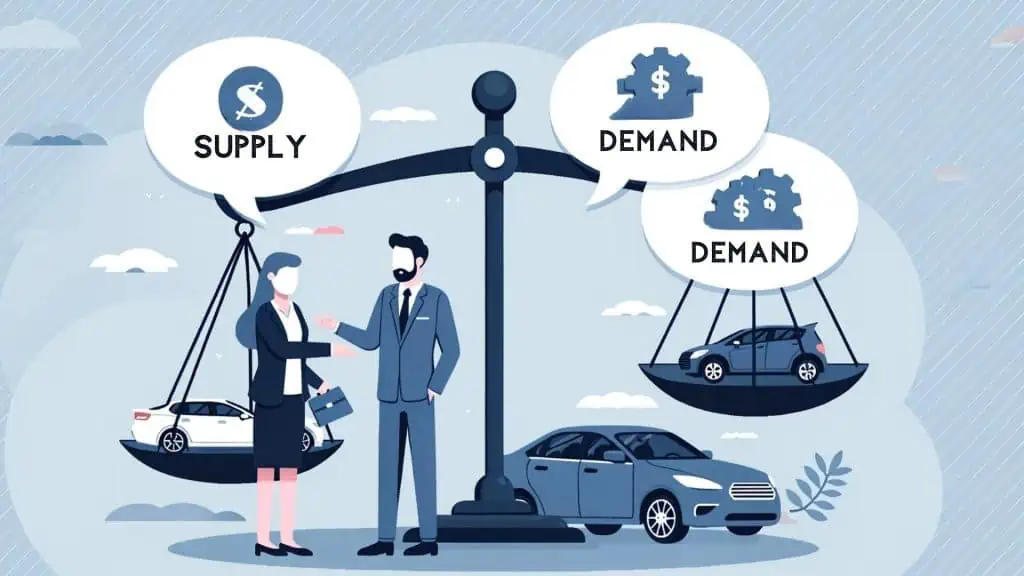
In these cases, researching invoice pricing is less useful since market demand overrides discounts. Waiting a few months until supply catches up leads to better deals as volume incentives kick in.
Getting the Best Price from a Dealer
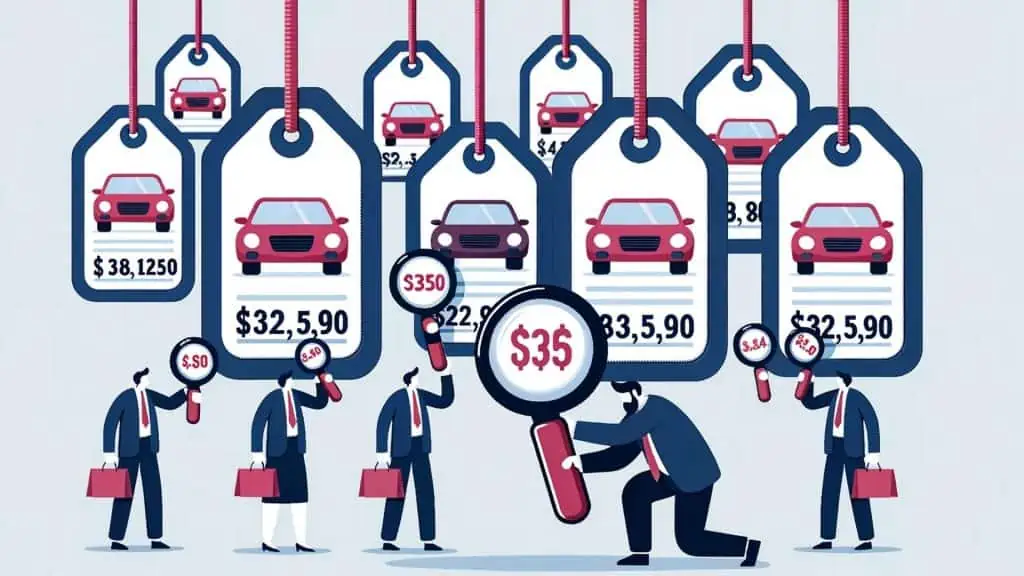
Armed with accurate cost estimates, buyers have a target to aim for in negotiations. But the unique situation of local supply and demand means there is no one “right” price. Here are tips for getting the best offer:
- Start with a fair offer just above dealer cost – Don’t expect them to take a loss
- Be willing to walk away – Don’t overpay for convenience
- Ask for dealer fee breakdown – Question any suspicious charges
- Shop multiple dealers – Leverage competition between them
- Check for unadvertised incentives – Ask about any specials or rebates
- Buy near month end – Dealers may give better deals to hit quotas
My Final Thoughts
New and Used car prices aren’t a science, and once you think you have them figured out, the market changes again.
Don’t aim to beat the dealer, rather, focus on learning as much as you can so assure you can at least get a fair price and avoid overpaying or being ripped off.
Sources and References:
- https://www.genio.ac/guides/what-does-dealer-invoice-price-mean/
- https://www.realcartips.com/newcars/029-car-dealers-true-cost.shtml
- https://www.lendingtree.com/auto/dealer-fees-when-buying-a-car/
- https://www.kbb.com/car-advice/how-much-does-a-new-car-dealer-make-on-a-deal/
- https://www.autolist.com/guides/how-to-find-dealer-invoice-price
- https://www.kbb.com/what-is/wholesale-value/
- https://www.autocheatsheet.com/new-car/dealer-holdback.html
- https://www.realcartips.com/newcars/031-types-car-incentives.shtml
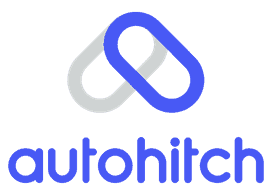
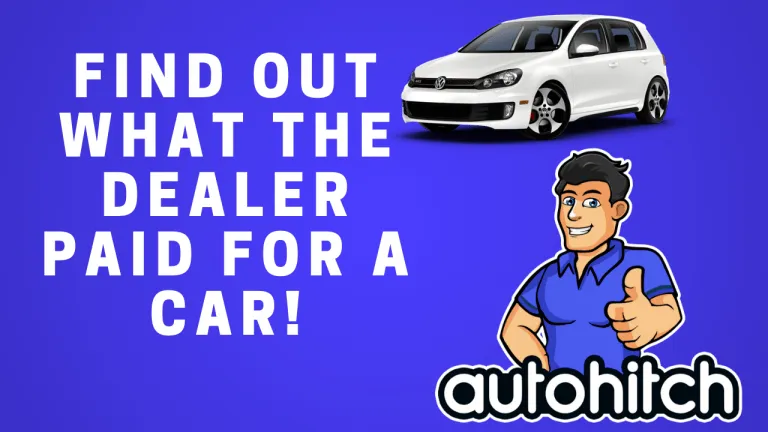

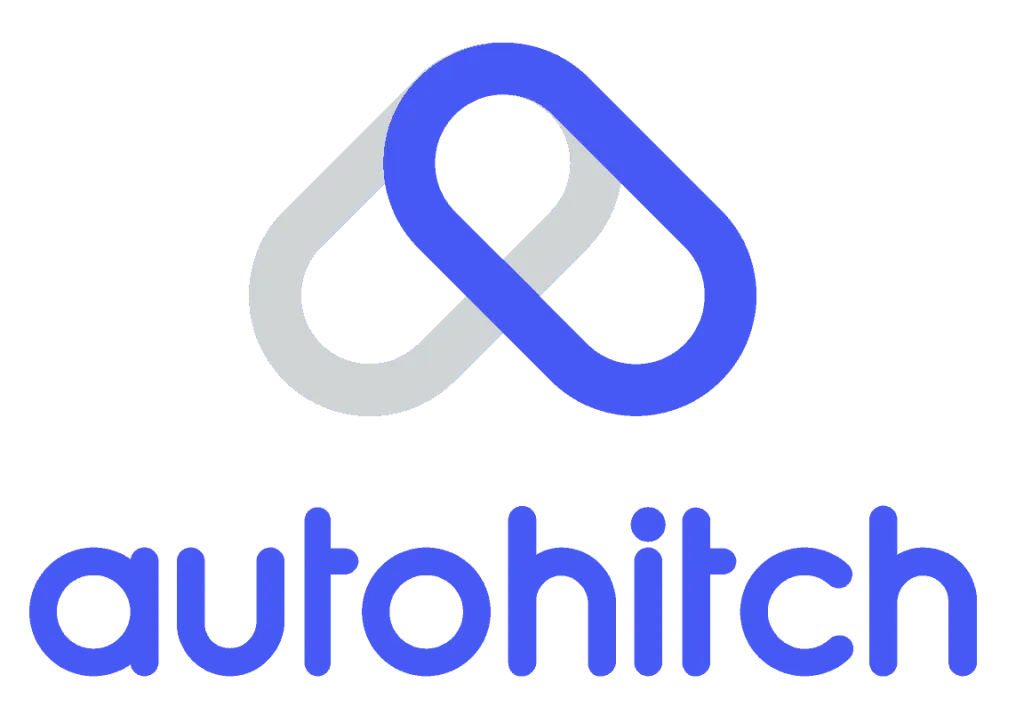
6 Responses
I would appreciate knowing about what this car cost the dealer at auction: It’s a silver 2009 Nissan Versa Hatchback, 1.8 SL, 2-owner (California/Arizona), 1 accident, 4-5 on a 10 point scale, 153,000 miles. It was auctioned in the Phoenix area. VIN is: 3N1BC13E29L365215.
Thanks for your help.
Why are there no sites that show 2023 BNW invoice prices
How do I pay to get the dealer price? I need it fast
Subaru Forester Wilderness Edition
JF2SKAMC4NH413112
10/10 condition
8500 miles
White exterior
Grey interior
3C63RRHL0LG157184
2020 ram 3500
81,000 miles
Curious as to what the dealer paid for the vehicle
SALAG2D4XCA619074
2012 Land Rover LR4 HSE Brown small repaired ding on the bumper maybe 1-1.5” diameter looks almost like melted maybe like bondo but painted with car color. I’d say maybe 7/8 out of 10. 105k miles. In San Diego car lived in San Francisco and was bought at auction. Forget the name but dealer said it seemed like a standard one by the way the way he mentioned. Wondering what they paid.
Thanks!